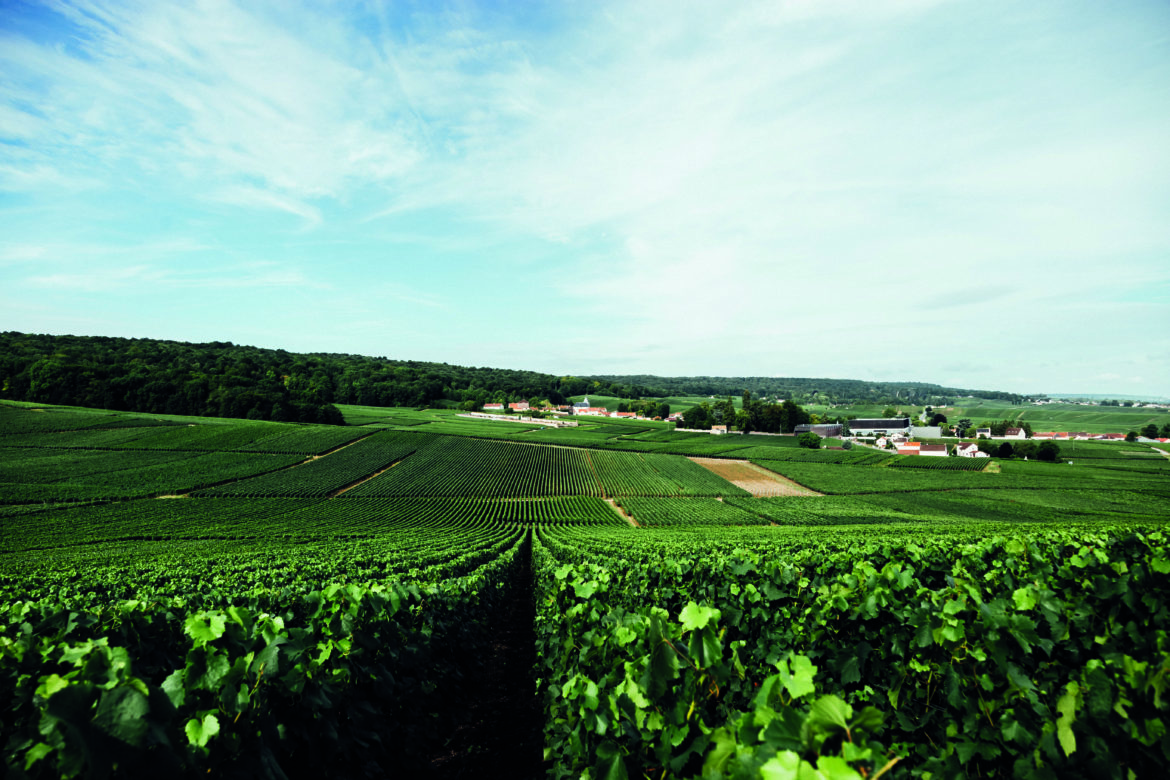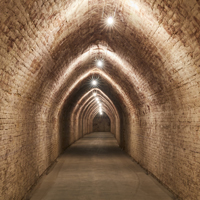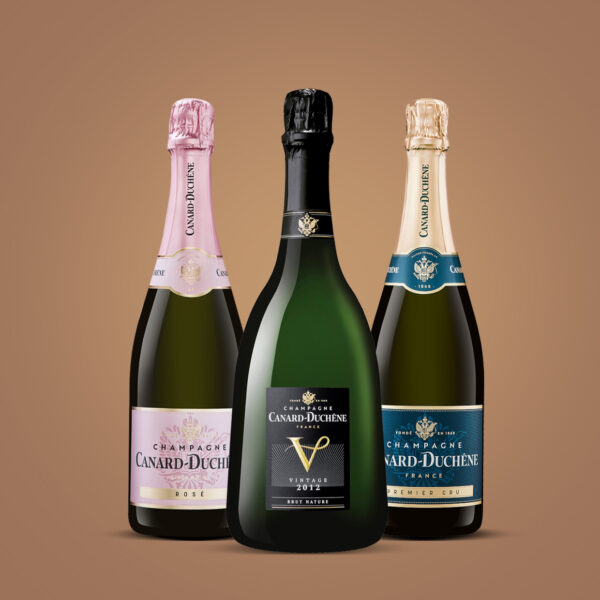The Mag
The perfect champagne guide to understand everything

Champagne can boast an exceptional reputation all over the world. It is true that it has an absolutely unique style with a rich aromatic range. Let’s go and discover this exceptional wine.

Protected
and regulated
Champagne has been able to protect its image by cultivating its own singularity and methods. Its AOC designation is fiercely defended by the players in the sector.
Things are clear, no sparkling wine can be called champagne if it is made in a geographical area other than the heart of the Champagne vineyards. This area includes 319 vinatges (communes) and 4 main regions: the Montagne de Reims, the Vallée de la Marne, the Côte des Blancs and the Côte des Bar.
Its unique land is characterised by limestone soils, which guarantees constant irrigation. It also benefits from a double climatic influence, continental and oceanic.
In addition to its designation, champagne meets a very precise set of specifications that codifies the grape varieties (pinot noir, pinot meunier, chardonnay) and the wine-making method “à la champenoise“.
From the undated brut
to the millesime champagne
Champagne wines are exceptionally rich, but it is sometimes a little complicated to see clearly. So, how do you find your way around?
The most common champagne is the undated brut. It is the result of a blend made by the cellar master. The role of the latter is essential, it will have to perpetuate the style of the maison throughout the years. It is perfect served as an aperitif but can also accompany a meal. In recent years, we have also seen the emergence ofExtra Brut and Brut Nature, both of which contain very little sugar.
The Brut millesime Champagne is made of wines from the same harvest. These special cuvées highlight an exceptional harvest year. They are placed in the cellar for at least 3 years. It’s the champagne for special occasions!
Demi-sec champagne has a slightly higher sugar content (32 to 50 grams per bottle) and is perfect for sweet recipes. In this same category, there is also Sec champagne (less sweet than the demi-sec) and Doux champagne (sweeter than the demi-sec).
Rosé champagne is on the rise, and not only with women! It is very often blended with red wine, which gives it its beautiful raspberry colour and red fruit notes. It can also be made by maceration of Pinot Noir grapes, which is called a Rosé de saignée. It is a little rarer but very qualitative.
The Blanc de Blancs champagne is made exclusively fromwhite grapes (Chardonnay). It is very appreciated for its freshness and its great delicacy.
The Blanc de Noirs champagne is made exclusively from red grapes (pinot noir, pinot meunier). These champagnes reveal a real power in the mouth and a wide aromatic palette.
Organic champagne is produced according to very precise specifications, including a ban on the use of synthetic products in the vineyard. Their flavours are similar to traditional champagne but they are more environmentally friendly.
How to serve
champagne?
With a lot of respect, but a little bit of relaxation does not harm this great name that also knows how to accompany the small moments. The bottle of champagne should be placed in the bottom of the refrigerator a few hours before tasting. If it is to be consumed immediately, it is best to place it in a champagne bucket filled with ice and water. The latter will allow the bottle to be refreshed on a regular basis.
But what is the ideal temperature?
To take advantage of all its aromatic properties, champagne should be served between 6 and 9°. The flutes will warm up to between 9 and 12°. The more “gastronomic” champagnes served at the table can withstand a slightly higher temperature (between 10 and 12° and even up to 13°). Served too cold, the champagne loses its aromatic complexity, served too hot it leaves too much room for alcohol.
You have all the keys in hand to make the right choice! Cheers!




